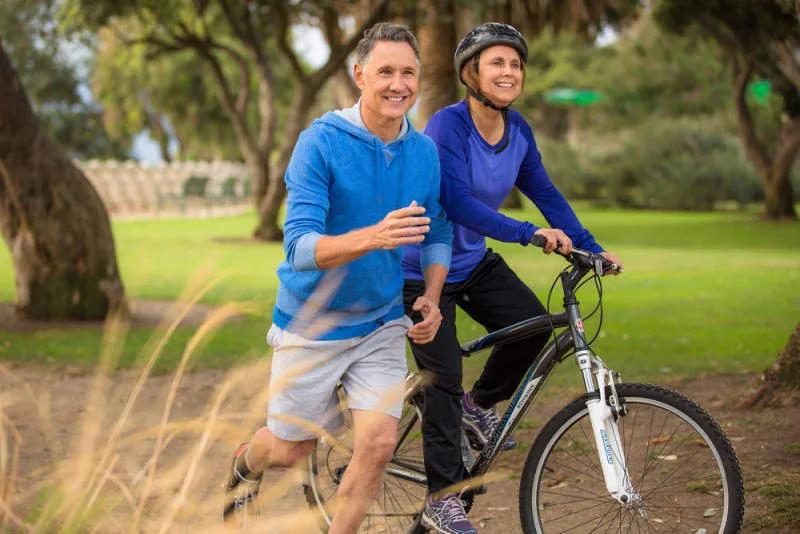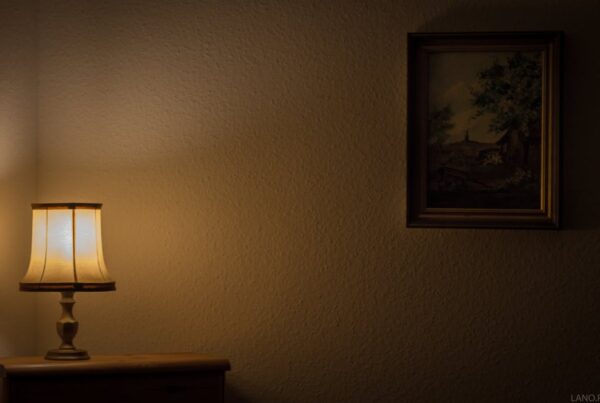Research shows the key to reducing back pain is with incremental exercise. Even those patients who are morbidly obese show an improvement when participating in some form of physical exercise. Specialist spine and orthopedic surgeon, Dr. Kenneth K. Hansraj writes.
Stanford University findings
Matthew Smuck and his team of Stanford University researchers analyzed the data of 6,796 respondents from the National Health and Nutrition Examination Survey (NHAMES), which is conducted by the Centers for Disease Control. Here’s what they found:
Walking around the house
The researchers found that light physical exercise, which includes walking around the house, cooking, or folding laundry for two hours reduced back pain by about 17 percent. This was compared to individuals who did not engage in such activity.
Riding a bike
They also discovered that when a patient engaged in moderate physical exercise, this diminished the risk of back pain by 32 percent. Moderate physical exercise includes walking briskly, riding a bike, gardening, or ballroom dancing (fewer than 20 minutes a day).
What about obese patients, back pain, and exercise?
The research revealed that morbidly obese patients benefited from incremental exercise. A morbidly obese patient averaged 1.3 minutes of moderate activity at a time. But if they increased that average by just one minute, their risk of experiencing lower back pain was cut by 38 percent.
The link between back pain and being overweight
The link between obesity and lower back pain (LBP) continues to grow. However, the researchers have found that physical activity also modulates these risks. When broken down by BMI, time spent in sedentary and moderate activity ranges demonstrates a more robust influence on LBP status in overweight, obese and ultra-obese groups. Increased BMI is a risk factor for back pain in Americans. More importantly, the role of physical activity in mitigating back pain risk has been shown to be of greater consequence in overweight and obese populations.
Push longer through back pain
If you are in pain your instinct is to stay still. Yet, “more simply put, pushing just a little longer each time you exercise has benefits,” Smuck said. “Pushing a little longer can mean an additional minute of exercise multiple times per day, or adding several minutes following a long period of exercise.”
Gregory James Chiaramonte, M.D. points out that walking in all forms is beneficial. Walking promotes mental clarity, stimulates the heart and lungs, promotes spine joint mobility, nerve root movement, and function. Walking postures affect the spine joints, called the facet joints, and the spine channels called the neuroforamen.

What about the hills?
Uphill walking is different in that the spine joints are in a flexed open position, which might be helpful in conditions where there is nerve root tightness. Uphill walking may even help patients with spinal stenosis and other ailments because it opens up the spinal channel.
Downhill walking
Downhill walking is different since the spine joints are in an extended closed position, which could worsen conditions where there is already nerve root tightness. The spinal channel tends to close as well.
The bottom line
People with ongoing or recurrent episodes of lower back pain should consider the benefits of walking as a low-impact form of exercise. Aerobic exercise has long been shown to reduce the incidence of lower back pain. However, people with low back pain often find some forms of exercise too painful to continue, and therefore don’t get the exercise they need to maintain good health. Exercise walking is one way to benefit from regular exercise while not aggravating the structures in the lower back.
About the Author Dr. Ken Hansraj:
At the forefront of spinal surgery, American surgeon Dr. Kenneth K. Hansraj is a spinal and orthopedic surgeon specializing in cervical, thoracic and lumbar procedures for example laminectomies and spinal fusions. Dr. Hansraj believes in tailoring the operation to the patient using the latest spine technology. Dr. Ken is a spinal surgeon at Nuvance Health based at The Vassar Brothers Medical Center in the Hudson Valley, NY
 Dr. Ken is the author of the internationally bestselling book, Keys to an Amazing Life: Secrets of the Cervical Spine, (January 2013), which he was inspired to write based on this concept. Dr. Hansraj is also the author of Bloodless Spine Surgery: Pictures and Explanations. His goal with each of his books is to bring years of accumulated expert medical knowledge to the public-at-large in an easy-to-digest format and to help countless individuals with ongoing spinal and health issues.
Dr. Ken is the author of the internationally bestselling book, Keys to an Amazing Life: Secrets of the Cervical Spine, (January 2013), which he was inspired to write based on this concept. Dr. Hansraj is also the author of Bloodless Spine Surgery: Pictures and Explanations. His goal with each of his books is to bring years of accumulated expert medical knowledge to the public-at-large in an easy-to-digest format and to help countless individuals with ongoing spinal and health issues.
Media Credits
Dr. Ken Hansraj is TV and media trained and has extensive experience with national outlets such as CNN, HLN, CBS, FOX, NBC, ABC, NPR and has been featured globally. Cision® estimates his current media impressions at 9+ Billions.
References:
Research Gate; Does physical activity influence the relationship between low back pain and obesity https://www.researchgate.net/publication/258635423_Does_Physical_Activity_Influence_the_Relationship_Between_Low_Back_Pain_and_Obesity
Read more
Read more about osteoporosis by Dr. Ken Hansraj. Who is at risk and what to do, as well as early prevention of Osteoporosis.



![women [longevity live]](https://longevitylive.com/wp-content/uploads/2020/01/photo-of-women-walking-down-the-street-1116984-100x100.jpg)










